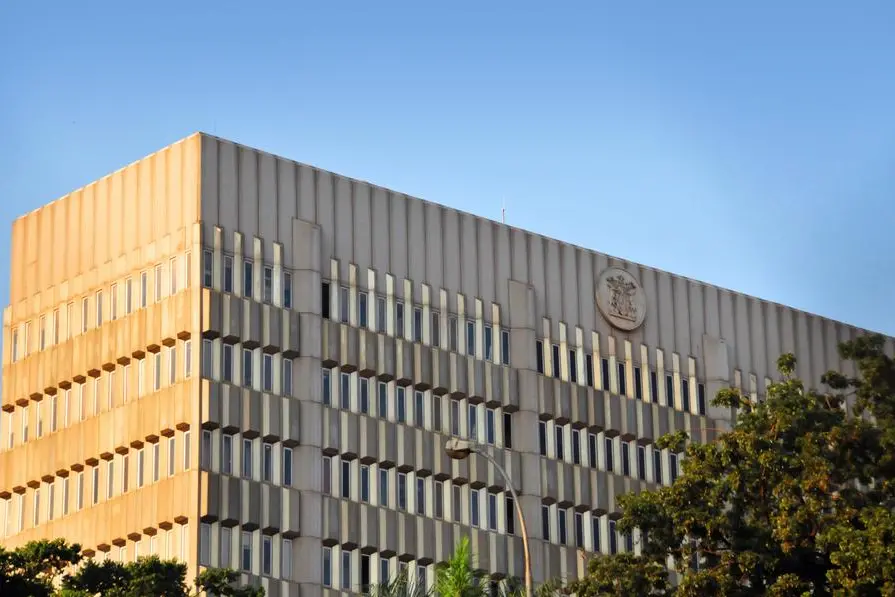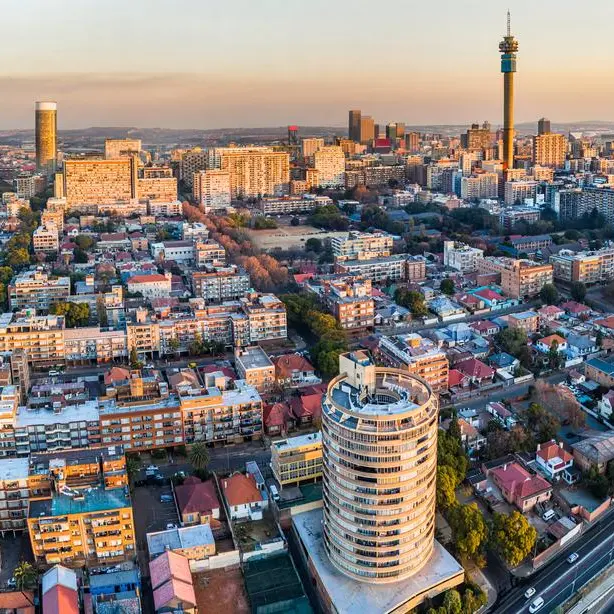PHOTO
East African central banks are easing interest rates to allow more lending to the key growth sectors of the economy, basing their decisions on promising prospects of dropping inflation.
The moves came despite the escalating Middle East conflict that is raising fears of renewed upsurge in crude oil prices.
Kenya, Uganda and Rwandan central banks in their latest policy rate reviews reduced their benchmark lending rates to commercial banks.
The Bank of Tanzania (BoT) held its policy rate steady, even as all these regulators cited moderation in inflationary pressures and improving stability in the foreign exchange markets.
The latest policy positions by the regional central banks signals the regulators’ intentions for commercial banks to reduce lending rates and review downwards the cost of loans for customers with variable interest rate facilities.
This is in line with the global trends that have seen the US Federal Reserve and the Bank of England (BoE) lower interest rates for the first time in four years signaling improving macroeconomic conditions, with prospects of economic recovery in developed nations including US and UK.
The Bank of Uganda (BoU) on October 8 cut its policy rate by 0.25 percentage points to 9.75 percent in a further sign of subdued inflation pressures and spillover effects from soft monetary policy actions recently undertaken by leading Central banks.
“Whenever we cut the Central Bank Rate (CBR), we consider inflation and economic growth in perspective over 12 months. So far, the CBR stood at 10 percent while the average interbank rates stood at around 12 percent by the end of September. With the CBR down to 9.75 percent, average interbank rates will reduce to around 11.75 percent. This situation will encourage commercial banks to cut lending rates, expand their loan books, and eventually boost economic growth along the way,” said Adam Mugume, BoU’s Executive Director for Research.
Latest economic data shows Uganda’s annual headline inflation dropped from 3.5 percent in August 2024 to three percent in September 2024 while core inflation, a measure of price movements that includes energy prices, fell slightly from 3.9 percent to 3.7 percent during the same period.
Services inflation declined from 6.2 percent in August 2024 to 5.8 percent in September 2024.
Other goods inflation remained stable at 2.1 percent by the close of September 2024; a sign of waning price pressures circulating within the local, business environment.
Lower fuel and food prices are mainly cited for declining inflation levels despite persistent threats of hostile weather conditions attributed to severe climate change patterns.“The CBR cut was widely expected because of the recent easing of monetary policy undertaken by the US Federal Reserve. The US Fed has already cut its benchmark policy rate while the European Central Bank has slashed its policy rate twice,” said Benoni Okwenje, General Manager for Treasury Operations at Centenary Bank Uganda Ltd.“The CBR cut implies commercial banks will cut their prime lending rates going forward and this will stimulate demand for private sector credit, increase aggregate demand, and also boost economic growth. But Bank of Uganda seems more cautious about adjusting the Cash Reserve Ratio (CRR). We’ve had several discussions with them over this matter, but they are taking longer to respond. The CRR is influenced by several factors such as inflation, economic growth, and credit growth.”
In Kenya, central bank’s Monetary Policy Committee (MPC) on October 8 cut the key lending rate by 75 basis points from 12.75 percent to 12 percent after inflation fell to its lowest level in more than a decade.
Kenya’s overall inflation declined to 3.6 percent in September 2024 from 4.4 percent in August, thereby remaining well below the mid-point of the target range.
Food inflation declined to 5.1 percent in September from 5.3 percent in August, mainly reflecting lower vegetables price inflation attributed to declines in prices of key items including tomatoes, cabbages, onions, and potatoes.
Kenya’s banking industry reported an increase in loan defaults with the ratio of gross non-performing loans (NPLs) to gross loans increasing to 16.7 percent in August 2024 from 16.3 percent in June, largely in the transport and communication, personal and household, trade, real estate and manufacturing sectors.
As a result, growth in commercial bank lending to the private sector declined to 1.3 percent from 3.7 percent during the period under review.“The MPC noted that overall inflation has declined further and is expected to remain below the midpoint of the target range in the near term, supported by stable food inflation attributed to improved supply from the ongoing harvests, a stable exchange rate, and lower fuel inflation,” said CBK Governor Kamau Thugge.
The Federal Reserve in September moved to lower the cost of borrowing by cutting a key interest rate by a larger than expected half percentage point, the first reduction in four while the Bank of England cut interest rates from 5.25 percent to five percent in August which was the first drop in more than four years.
The Bank of Tanzania (BoT) met on October 2 and decided to maintain the policy rate at six percent for the quarter ending December 2024 on the consideration that inflation is projected to remain low, consistent with the target of five percent.“The MPC also projects growth to be steady in line with the improving domestic and global conditions. Global growth is projected to improve on the back of easing financial conditions,” the Bank said.
According to the BoT, the conduct of the monetary policy in the quarter ending September 2024 successfully anchored inflation expectations well within the target of five percent.
The MPC estimates Tanzania’s economic growth to be at 5.8 percent and 5.6 percent in the second and third quarters of 2024 respectively and is projected to grow at the same pace in fourth quarter of the year.
“The projected growth is bolstered by improvements in global and domestic economic conditions. The improvement in domestic conditions is attributable to improving business environment and reforms, some of which implemented through the support of the development partners,” said BoT.
The National Bank of Rwanda (NBR) on August 20 reduced the CBR by 50 basis points to 6.5 percent from 7.0 percent, on expectation that inflation in 2024 and 2025 will remain within the target range, stabilising around five percent.
But inflationary risks may affect the projections, with possible escalation of global geopolitical tensions as well as adverse weather conditions, the bank said.“These projections are subject to risks. Heightened global geopolitical tensions due to conflicts in the Middle East, Ukraine, and Russia could create uncertainties around international commodity prices. In addition, adverse weather conditions could impact future agricultural supply and food prices.”
© Copyright 2022 Nation Media Group. All Rights Reserved. Provided by SyndiGate Media Inc. (Syndigate.info).























